Media | Articles
10 automotive terms that muddy fact and fiction
This story originally ran on this site in November of 2019. It’s reproduced here, with minimal changes, as a riff on the same theme as this 2023 story examining the origins of the GMC name. That piece proved popular, telling us that you have an appetite for accuracy. Cheers to that! — Ed.
Considering how frequently I cringed during my decades as a technical editor at car magazines, it’s a wonder I didn’t develop a nervous tic. There’s a lot of misinformation and nonsense out there among non-experts who parrot certain phrases or terms, without really understanding what they mean. Here are my favorite cringe-worthy gaffes.
All-aluminum engines
I don’t believe any engine manufacturer has made a crankshaft out of aluminum. Same goes for piston rings, exhaust valves, and the fasteners tying everything together. I suspect this expression originated in England as lazy shorthand to describe an engine with an aluminum block and head(s).
Steel brakes
Brake rotors are made of cast iron or, in some cases, carbon-ceramic material which begins as a mix of carbon fibers bound with special resin. Cooking that blend for an extended period in a vacuum yields a ceramic material that’s excellent for stopping race cars and supercars. For more affordable cars, grey iron provides the best heat transfer while ductile iron’s higher strength is preferred for vented rotors. Motorcycles are a special case where stainless steel discs sacrifice some performance while avoiding unsightly rust caused by splashing through puddles.
Anti-sway or stabilizer bar
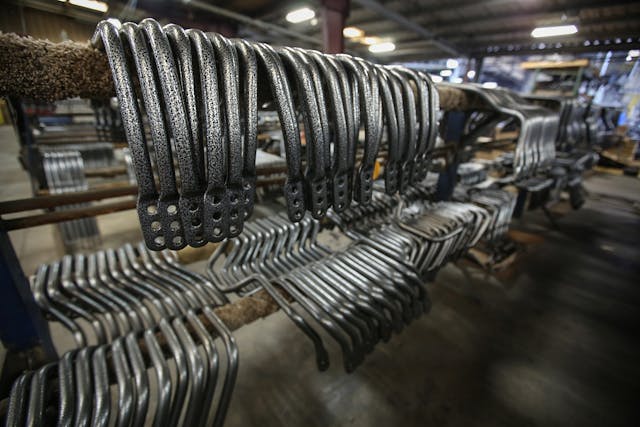
This transverse steel rod linked to your suspension system twists to resist body roll in turns. That’s why it’s most accurately called an anti-roll bar. Worried that you’d fret over your car tipping over, manufacturers coined meaningless alternative terms.
Marketplace
Buy and sell classics with confidence
“Perfect” or “ideal” weight distribution
BMW and others would have you believe that 50:50 front-rear is the correct answer. Generally speaking, it’s not. Front-wheel-drive cars perform better with more than 50 percent of their weight carried by the front wheels and vice-versa for rear-wheel-drive rides. Cars with four-wheel drive have a more agile steering response with a rear bias. The ultimate balance depends on several factors: center of gravity height, polar moment of inertia, tire size stagger, and spring and damper rates, to cite a few. Supercars like Chevy’s mid-engine C8 Corvette, for example, typically carry roughly 65 percent of their weight on their rear tires to optimize acceleration, cornering, and braking performance.
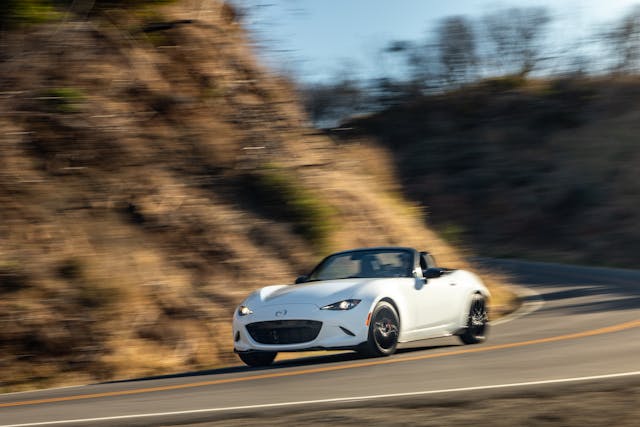
Strength vs. Stiffness
Car parts that lack sufficient strength will fracture—as in actually crack or break in two. Ideally, that occurs only during severe collisions. Insufficient stiffness means that a suspension member, the body structure, or some other crucial part deflects too much under normal loading, impairing ride quality and handling precision. Every steering system component must be stiff to transport the subtle but useful feedback forces from the tire contact patches to the driver’s hands.
AWD vs. 4WD
This confusing construct was created to distinguish vehicles that employ four wheels for propulsion all the time from those with the means to manually engage a second drive axle when the road is slippery or non-existent. AWD can signify full-time four-wheel drive (such as most Audis and Subarus). Many modern AWD systems have intelligent controls that engage the second axle automatically and temporarily when slip is detected at the primary drive axle. Most AWD vehicles have a third center differential to accommodate the rotational speed differences that exist between the front and rear axles, though the extra diff isn’t needed with automatically engaging AWD.
4WD indicates part-time maximum traction (Jeep Wrangler), often used in vehicles where the driver can select 2WD or 4WD modes with a switch or a button. 4WD is a common feature of modern pickup trucks and heavy-duty SUVs.
Exemplary Aerodynamics
Carmakers love to tout low drag coefficient (Cd) figures to celebrate how readily their bullets pierce the wind. Lower is always better and any Cd below 0.30 is cause for popping a champagne cork. But before you begin swilling the bubbly, understand the rest of the equation. What really matters is drag area, the product of a car’s drag coefficient multiplied by its frontal area (CdA). In other words, a large slippery auto may perform no better than a tidier one with a higher drag coefficient.
Torque vs. Horsepower
This is an epic battle intensified by today’s onslaught of battery-electric cars. First, let’s distinguish between static and dynamic torques. Static torque is what you apply to your engine’s head bolts during a rebuild and is indicated by the dimensional units foot-pounds (or ft-lbs). To cinch the bolts at 100 ft-lbs, you apply 50 pounds of force to a two-foot-long wrench.
Dynamic torque is the rotating force that exits an engine’s crankshaft. The preferred units are pound-feet, lb-ft, or newton-meters if you’ve made the metric leap. When you see units misquoted as lb/ft by some witless writer, please pen a scathing letter to the editor.
Eighteenth-century inventor James Watt observed that a horse powering a sawmill needed one full minute to hoist a 33,000-pound load one foot upward. He defined that work as one horsepower. In his honor, the metric expression for work is kilowatt.
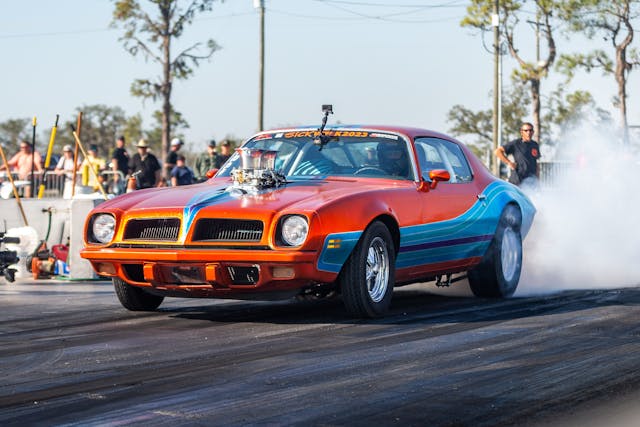
In the greater scheme of things, the amount of torque produced is proportional to the quantity of air flowing through the engine (or the size of an electric motor). The goal is maximum torque at the lowest rpm with the ability to sustain that output for as long as possible. The torque plot for a perfect engine or motor (none exist) would consist of a straight line from idle to the redline—the so-called “flat torque curve.”
Torque versus horsepower discussions inevitably devolve into a debate of which is better. The answer depends on your driving style. If you have an automatic transmission and you hesitate to downshift passing a car in traffic, you want right-now torque—the more the better. Any Tesla Model S or Chevy Bolt owner will spout chapter and verse about the instant torque they enjoy in daily driving. But if you’re a more aggressive driver who dwells at the upper half of the tachometer’s sweep, horsepower is your best friend. Your engine’s bottom range is merely for backing out of the garage. Your throttle is the trigger that unleashes more rpm and maximum power. Bottom line: torque is for painless tooling around, power is what gets you home in time for dinner.
Weight Transfer
Your car’s weight is a vector—a force proportional to its mass directed toward the center of the earth. Think W = mass x g, with g as the acceleration due to gravity. Your car’s mass permanently resides at its center of gravity (C of g), varying only in three specific instances. Its map coordinates change as you drive to work. And your car’s weight diminishes as you consume fuel or drop the kids off at school. During the body’s roll and pitch motion, the C of g also moves slightly from its static location.
What’s popularly (yet erroneously) known as weight transfer is more accurately described as load transfer. Drive around a corner and some of the load borne by the inside tires is “transferred” to the outboard tires. Step on the brake and the rear tires are unloaded while the front rubber is squished more firmly into the pavement. The opposite happens during acceleration. The amount of load transfer depends on the severity of the maneuver and the height of the car’s center of gravity which, as noted above, moves little during the tires’ tap dance on the pavement.
Where the rubber meets the road, dynamic forces point in three different directions. The share of the car’s weight a tire carries, diminished or augmented by load transfer, presses downward on the vertical axis. Increasing the vertical load applied to any tire increases traction—its ability to produce fore and aft and lateral forces. In the horizontal plane, the fore and aft axis represents the acceleration or braking force produced by the tire. Cornering forces reside in the horizontal plane on the lateral axis.
Venial sins of nomenclature
The term “crossover” was coined to describe a blend of car and truck components and traits. Like “wagon” and “SUV,” the crossover label has by now run out of gas. The same is true of import versus domestic ID tags. Given the car business’s world scope, distinguishing between a Ford Fiesta manufactured in Mexico and a Honda Accord made in Ohio is fruitless.
***
Check out the Hagerty Media homepage so you don’t miss a single story, or better yet, bookmark it. To get our best stories delivered right to your inbox, subscribe to our newsletters.
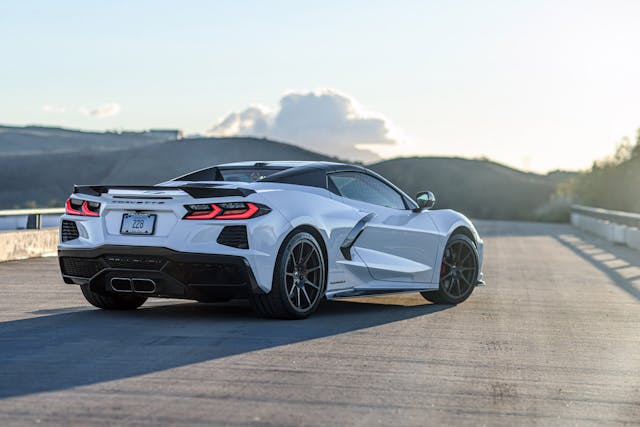











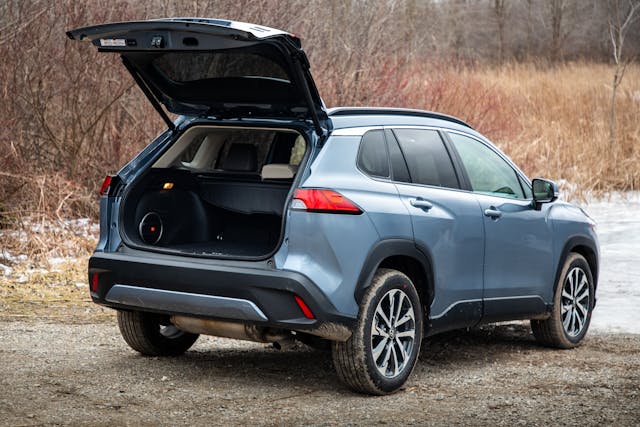








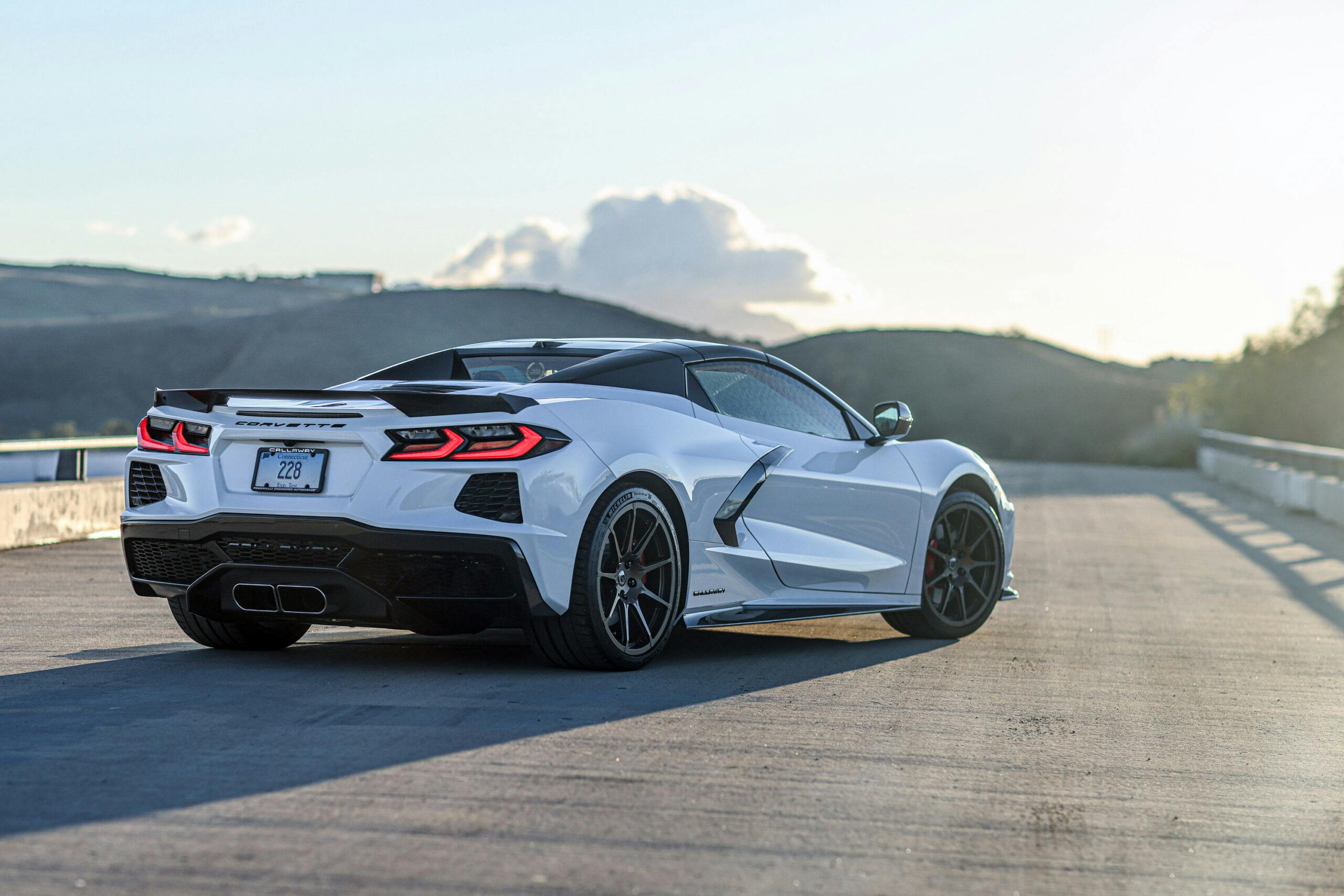
Picking nits, are we?
Now… I only wish he had addressed the term “billet” with regard to a piece of metal. Not everything is made from a billet, contrary to popular hype. Ask an experienced old school manufacturing engineer.
To further refine the discussion between torque and horsepower as they are interrelated, not independent, terms – torque is what moves a car, not horsepower. The torque from the crankshaft, transferred through the drivetrain to the wheels is what drives the car. Horsepower, in engineering terms, is the time rate of change of torque- how fast the engine builds torque. Torque accelerates the vehicle and defines the top speed (when the drag and resistance forces equal the torque force the car cannot accelerate any further), horsepower defines how quickly the vehicle can accelerate to get to that speed.
this one drove it home for me, thank you =)
I call them valve covers…
Engine vs motor. I would have thought that would’ve been a top priority
In your article, you state “In his honor, the metric expression for work is kilowatt.” A kilowatt is a measure of power. A kilowatt-second is a measure of work or energy.
But it is more commonly called a Joule
One confusing term left off this list is converter stall speed.
Is this fluid dynamic stall as in an airplane wing losing lift when the boundary layer on the wings (vanes in the converter) detached.
Or does the converter become a solid connection at some given speed differential ?
The latter seems unlikely since there is no mechanical connection, but Ihave seen a malaise era vehicle rev to a point and stall the motor (engine?) when to couldn’t make a hill.
This has nothing to do with engine stall (stoppage) or aerodynamic stall (loss of lift). It refers basically to the maximum rotational speed difference between the part of the converter driven by the engine and the part attached to (and driving) the transmission. For example, when at rest, planting one’s left foot on the brake and right foot on the gas pedal, the maximum engine rpm represents the stall speed of the converter in that particular condition. Do not do this for long, as the engine power is dissipated as heat in the transmission fluid.
why do you still car s classic’s when they are not ? a 57 chevy is not a classic . cords, k series lincolns are.
just because a car is 25 years old does not make it a classic.
I may have Hagerty insurance. I do enjoy the news letters but I DO NOT CONSENT TO THE COOKIES (Accept the terms of angry) have a response of (No) please! Give us a way out. We all do not consent to cookies.
Off topic much?
Cookies can be helpful but you can delete them if they worry you.
The black helecopters will find you anyway.
Use incognito browsing or a privacy browser like Duckduckgo or Bravo or something.
You can’t compare torque to horsepower directly. Torque and rpm are the two components of horsepower.
I was told way back that torque is what gets you moving and horsepower is what keeps you moving.
Don Sherman “suspects this expression originated in England as lazy shorthand to describe an engine with an aluminum block and head(s).” Sorry Don, if you were not lazy you would know that the English can spell properly. The name of the element is A L U M I N I U M, with the same Latin ‘ium’ root as have many other elements. Brits also tend to name things for what they do, such as “anti roll bar.”
I remember Brits scoffing at the phrase “Real genuine tree wood” in American car ads to distinguish their upmarket instrument panel inlays from plastic.
We also seem to have missed the choice of part-time v full-time 4WD systems (such as on my 1979 F250).
The ‘metric’ (international system of units) expression for work is Joule, named in honour of the English physicist James Prescot Joule, not James Watt.
I could go on, but my point is that anyone using satire or sarcasm should be very careful with their facts lest those ‘facts’ return to bit them.
Another guy with a 1979 F250!
The part-time version. Purchased new in 1978 and reluctantly sold a few years ago as lack of garage space required it to live outside.
When you wake up with some serious wood & if you push down and your heels come up off the floor…that’s torque.
You’re sowing a bit of confusion re. strength vs stiffness. From an engineering standpoint, strength does indeed = stiffness, i.e., resistance to deformation.
What you are calling the strength of a car is actually a combination of the strength, ductility (non-brittleness), and toughness (energy required to cause failure) of the parts making up the system.
Sorry, looking again at the article, I see you were referring to the strength of individual parts, not the whole car. But that makes it worse. You can be loose with the definition of the strength of a system. But the strength of an individual part is the same as its stiffness – resistance to deformation.
“jdm”, “usdm”, “edm” etc…
In this age of rampant ignorance, misinformation and illiteracy, people spout terms they don’t understand.
Hint: the “d” stands for “domestic”, which is the home market (country) of the brand. Uggghhhh….